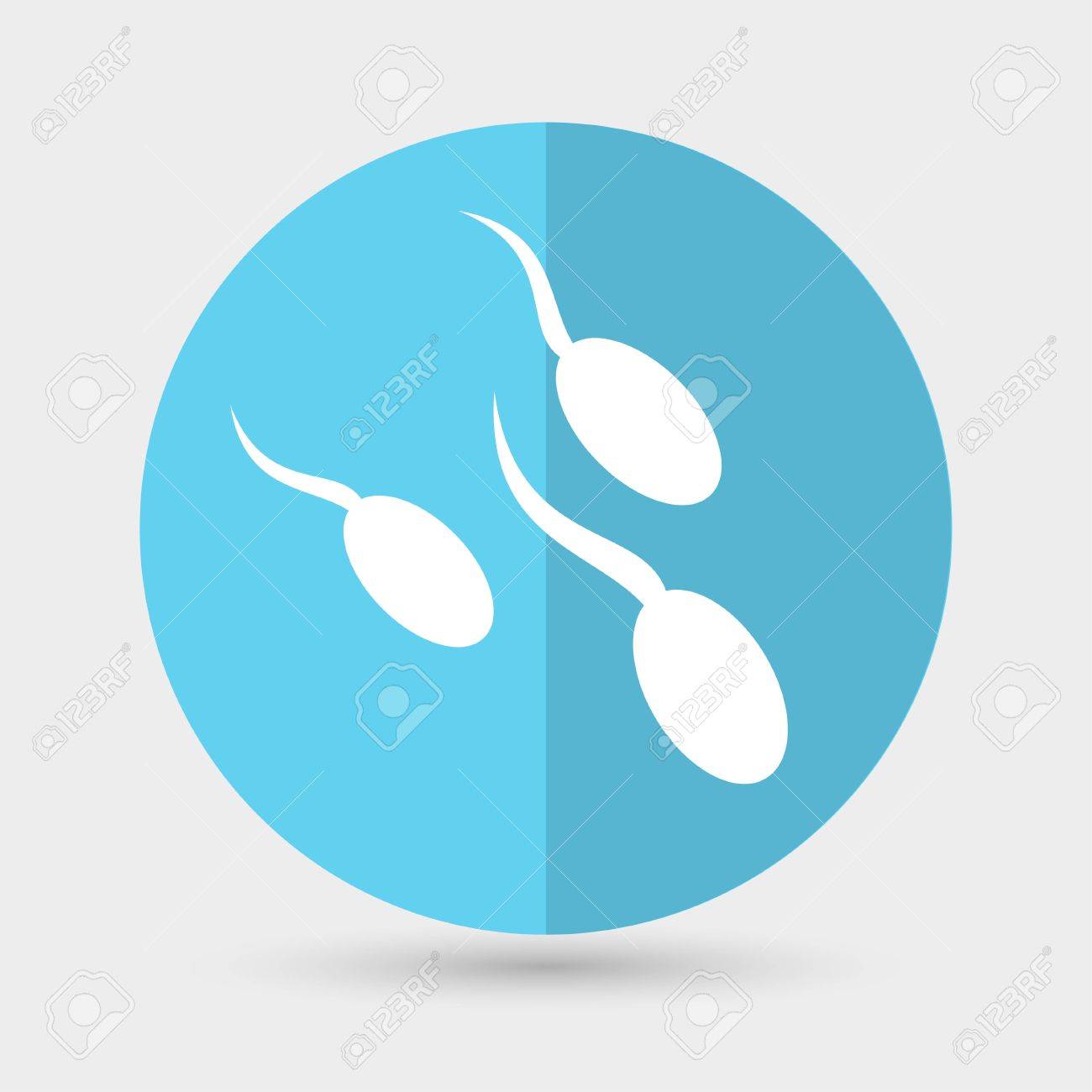Is the export of donor sperm explained adequately to recipients?
By Grace Halden,
BioNews
| 01. 15. 2024
Sperm donation is used to help infertile couples, same-sex couples, and solo women to conceive children where otherwise it would have been impossible. Private sperm banks operating throughout the UK provide tested sperm from screened donors to regulated fertility clinics at different price points. Donor profiles displayed on gamete bank websites are the principal way for potential recipients to search for available donors. Once a donor has been selected, the recipient can purchase gametes for delivery to their clinic of choice. When donor sperm is purchased through a regulated bank, a family slot (for a maximum of ten families in the UK) is filled under the regulatory framework put in place by the Human Fertilisation and Embryology Authority (HFEA).
However, when donor sperm is purchased in the UK, it is not always made obvious to the patient that some UK donations will be made available for exportation to assist families abroad, beyond the UK ten family limit. For many parents, the discovery of exportation is an unpleasant surprise. Emily, a solo mother by choice through sperm donation, talks about her shock when...
Related Articles
By Katherine Long, Ben Foldy, and Lingling Wei, The Wall Street Journal | 12.13.2025
Inside a closed Los Angeles courtroom, something wasn’t right.
Clerks working for family court Judge Amy Pellman were reviewing routine surrogacy petitions when they spotted an unusual pattern: the same name, again and again.
A Chinese billionaire was seeking parental...
By Sarah A. Topol, The New York Times Magazine | 12.14.2025
The women in House 3 rarely had a chance to speak to the women in House 5, but when they did, the things they heard scared them. They didn’t actually know where House 5 was, only that it was huge...
By Sarah Kliff, The New York Times | 12.10.2025
Micah Nerio had known since his early 30s that he wanted to be a father, even if he did not have a partner. He spent a decade saving up to pursue surrogacy, an expensive process where he would create embryos...
By Carter Sherman, The Guardian | 12.08.2025
A huge defense policy bill, revealed by US lawmakers on Sunday, does not include a provision that would have provided broad healthcare coverage for in vitro fertilization (IVF) for active-duty members of the military, despite Donald Trump’s pledge...




